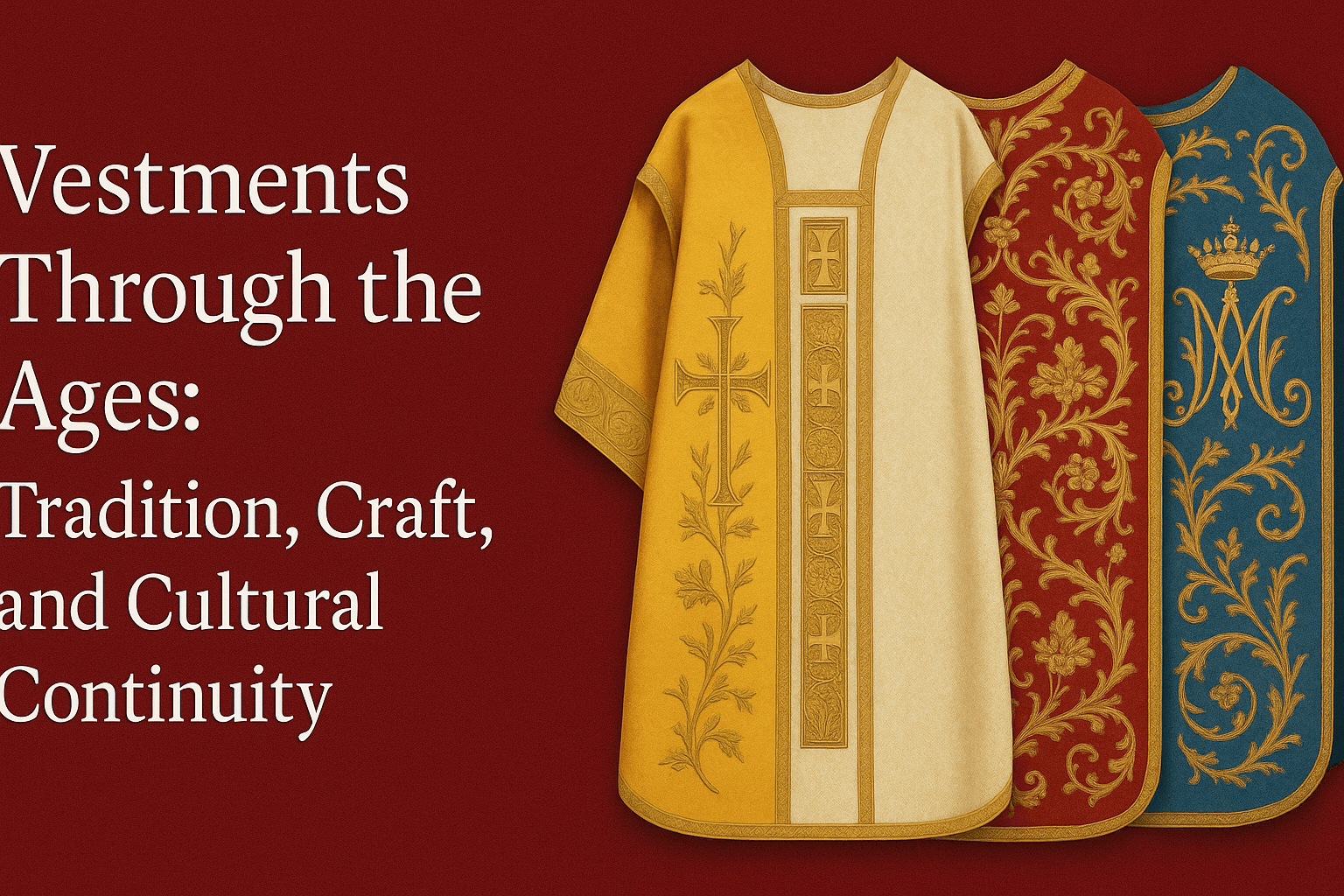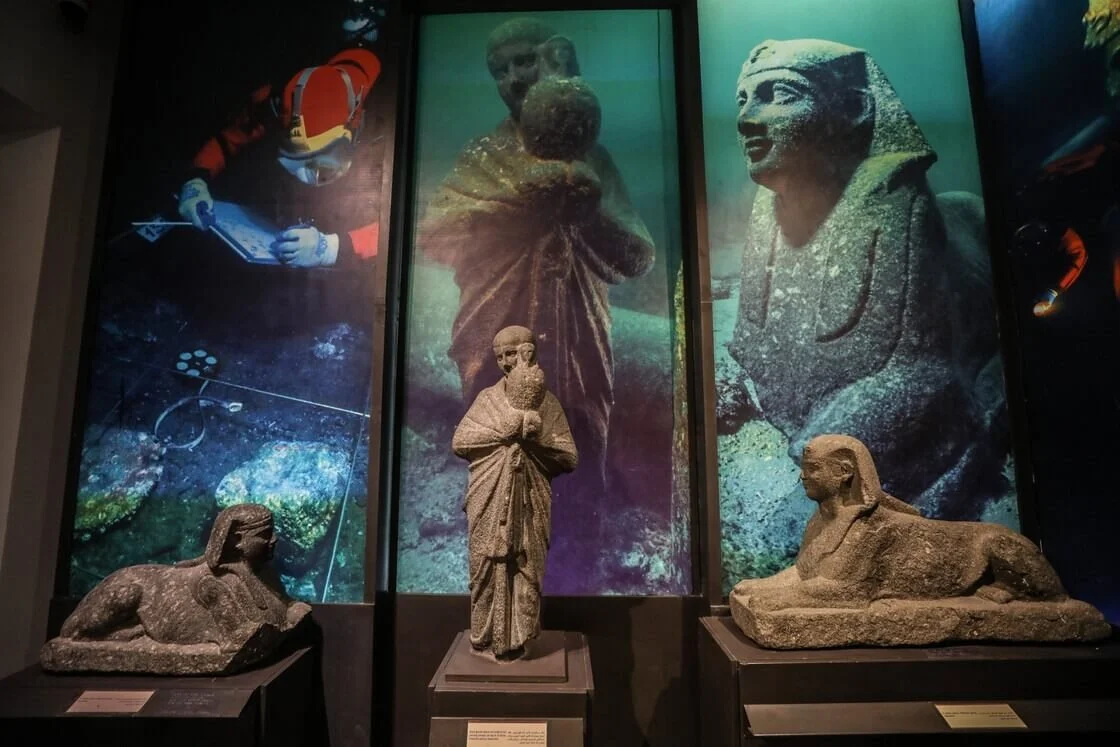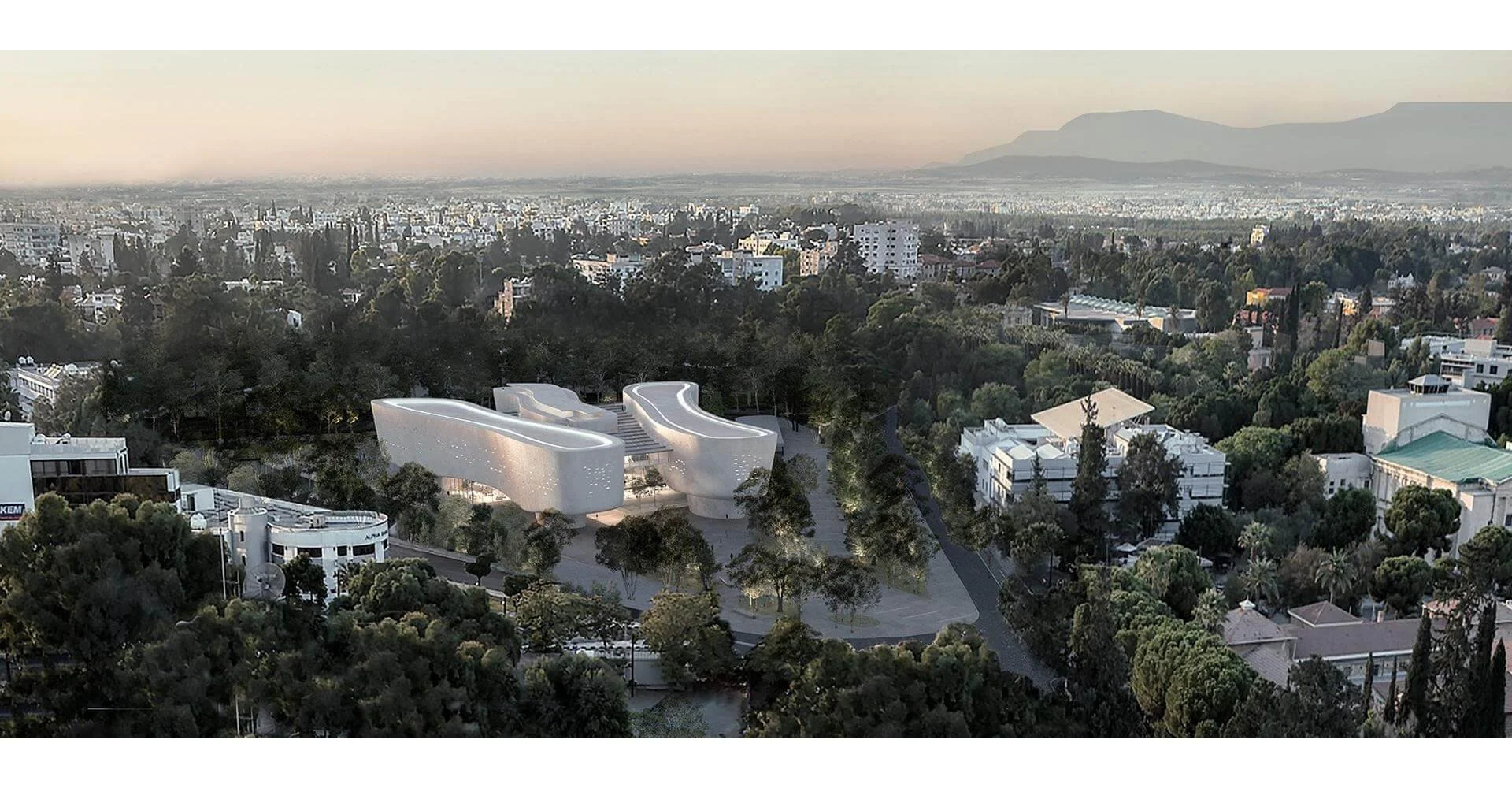The Timeless Majesty of the Pyramids of Giza: Function and Enduring Significance
Nestled on the Giza Plateau, just on the outskirts of Cairo, the Pyramids of Giza have long stood as paragons of ancient Egyptian ingenuity and are a testament to their civilization’s complex belief systems and architectural prowess. While the pyramids primarily functioned as elaborate tombs, they also served as an enduring symbol of the sophisticated socio-religious dynamics of ancient Egypt. This article endeavors to delve into the primary function of these monumental structures and explore their persistent significance in contemporary culture and global history.
Function: Monumental Tombs and Astronomical Significance
The primary function of the pyramids was to serve as tombs for the pharaohs and, occasionally, their consorts. Not merely graves, these structures facilitated the king's journey to the afterlife, ensuring eternal life and prosperity.
The orientation and location of the pyramids also bear astronomical significance. The pyramids are aligned with incredible precision with cardinal points and celestial bodies, such as the stars in Orion's Belt, which were associated with Osiris, the god of the afterlife and resurrection.
Within the confines of the pyramids, a pharaoh’s body, along with a wealth of treasures, artifacts, and texts (like the Pyramid Texts), were interred to assist and sustain them in the afterlife.
Symbolizing the pharaoh's divine status and authority, the construction of the pyramids also served to showcase the state’s resources, organizational skills, and control over labor and materials.
Enduring Significance: Historical, Cultural, and Scientific Implications
The Pyramids of Giza, especially the Great Pyramid, stand as an iconic representation of ancient Egypt, symbolizing its rich history, culture, and technological advancements.
The construction of the pyramids, involving the precise placement of massive stone blocks without the aid of modern machinery, continues to be a subject of study and admiration for architects, engineers, and archaeologists.
Serving as a link between the earthly and divine, the pyramids convey the complex religious beliefs and practices of ancient Egypt, encapsulating themes of death, the afterlife, and divinity.
The pyramids facilitate ongoing scientific and archaeological research, offering insights into ancient Egyptian society, beliefs, practices, and technological capabilities.
Reflection on Collective Human Achievement
The Pyramids of Giza, while rooted in the specific religious and social contexts of ancient Egypt, transcend their original function and context in their significance. They stand not just as a reflection of the achievements of ancient Egyptian civilization but also as a mirror through which we can view the capacities, aspirations, and mysteries of the collective human spirit. These structures echo with the endeavors, beliefs, and capabilities of a society that, while distant in time and context, shares with all of humanity a quest for understanding, immortality, and a desire to bridge the temporal and the eternal.
As we gaze upon the lofty peaks of the Pyramids of Giza, we are invited to ponder not only the mysteries they hold within their ancient chambers but also the undying human spirit that endeavors to touch the divine. The pyramids, while emblematic of ancient Egypt, belong not only to the past but continue to cast their shadow, weaving a timeless tapestry that encompasses history, culture, science, and the eternal quest for meaning and transcendence. In their silent majesty, the pyramids continue to tell a story that is at once ancient and perpetually new—a narrative of humanity’s ceaseless journey towards understanding the cosmos, life, death, and the divine.








